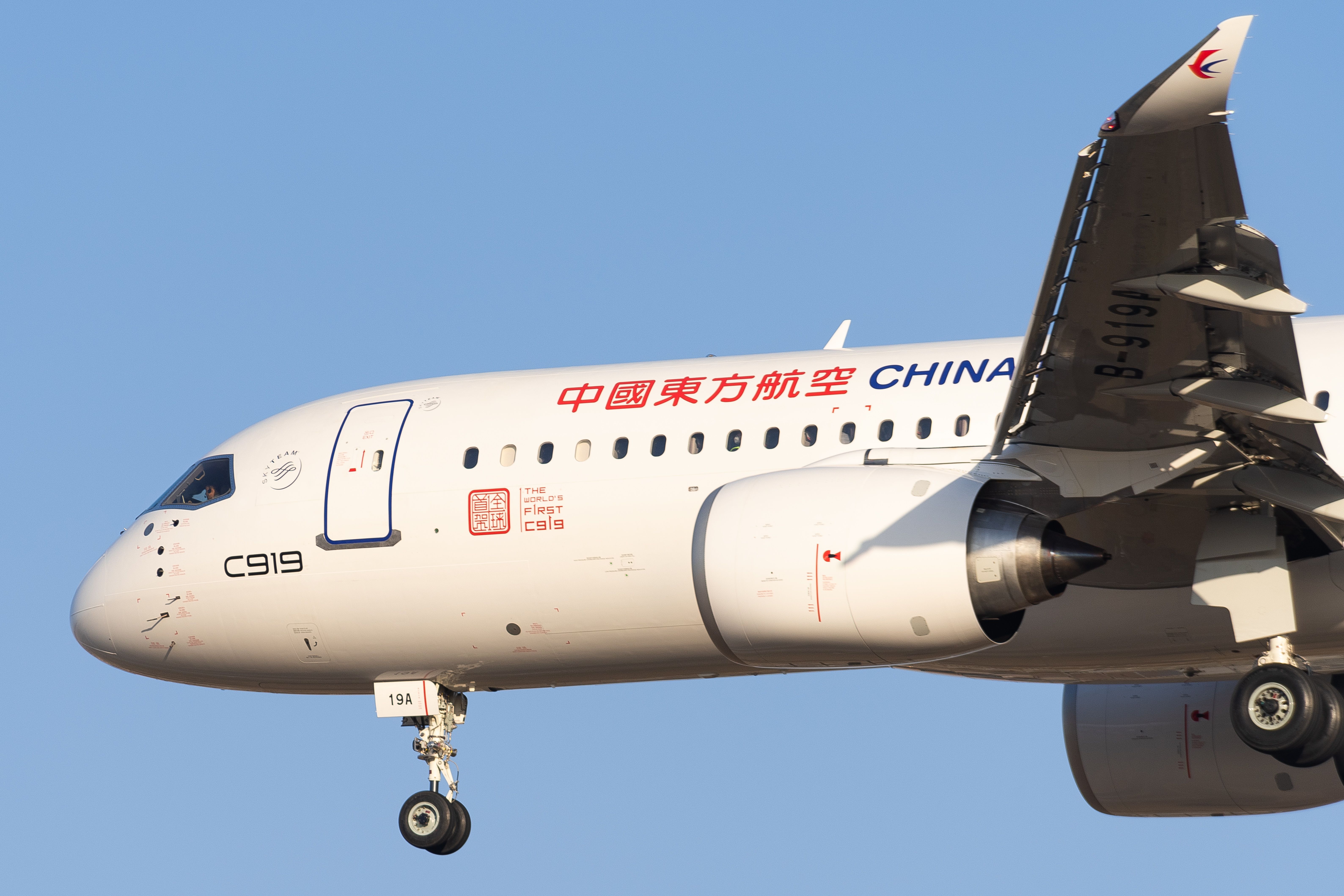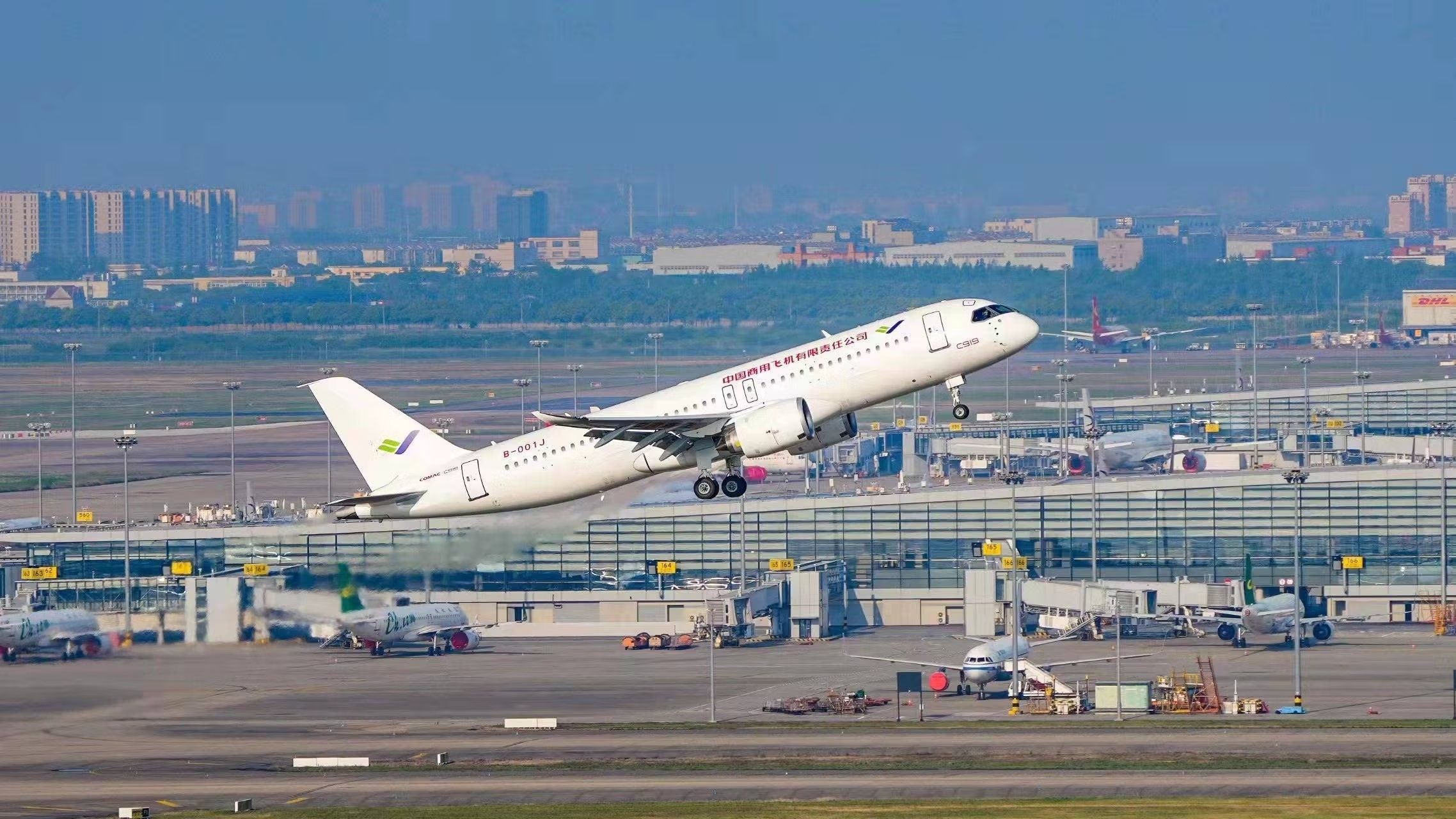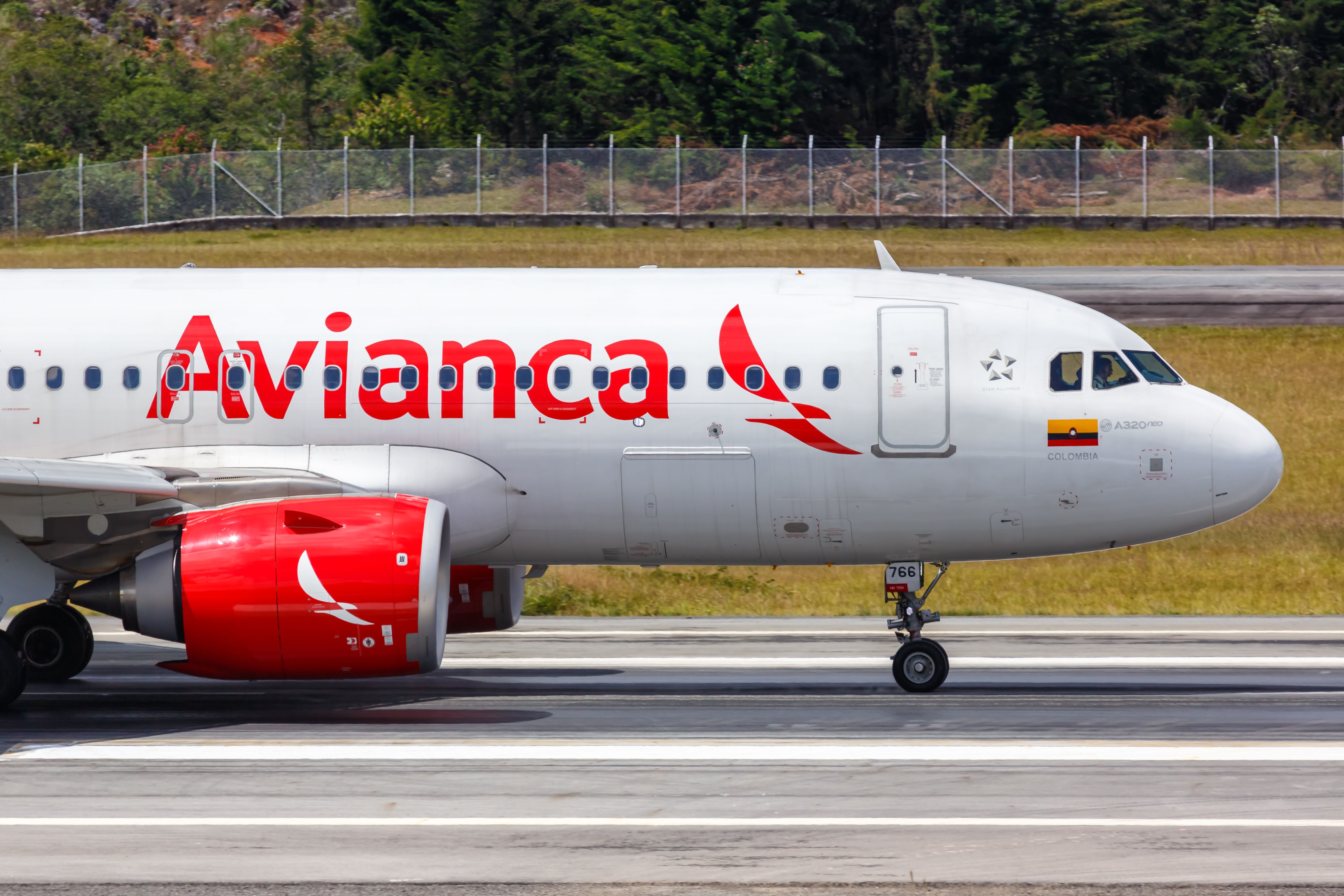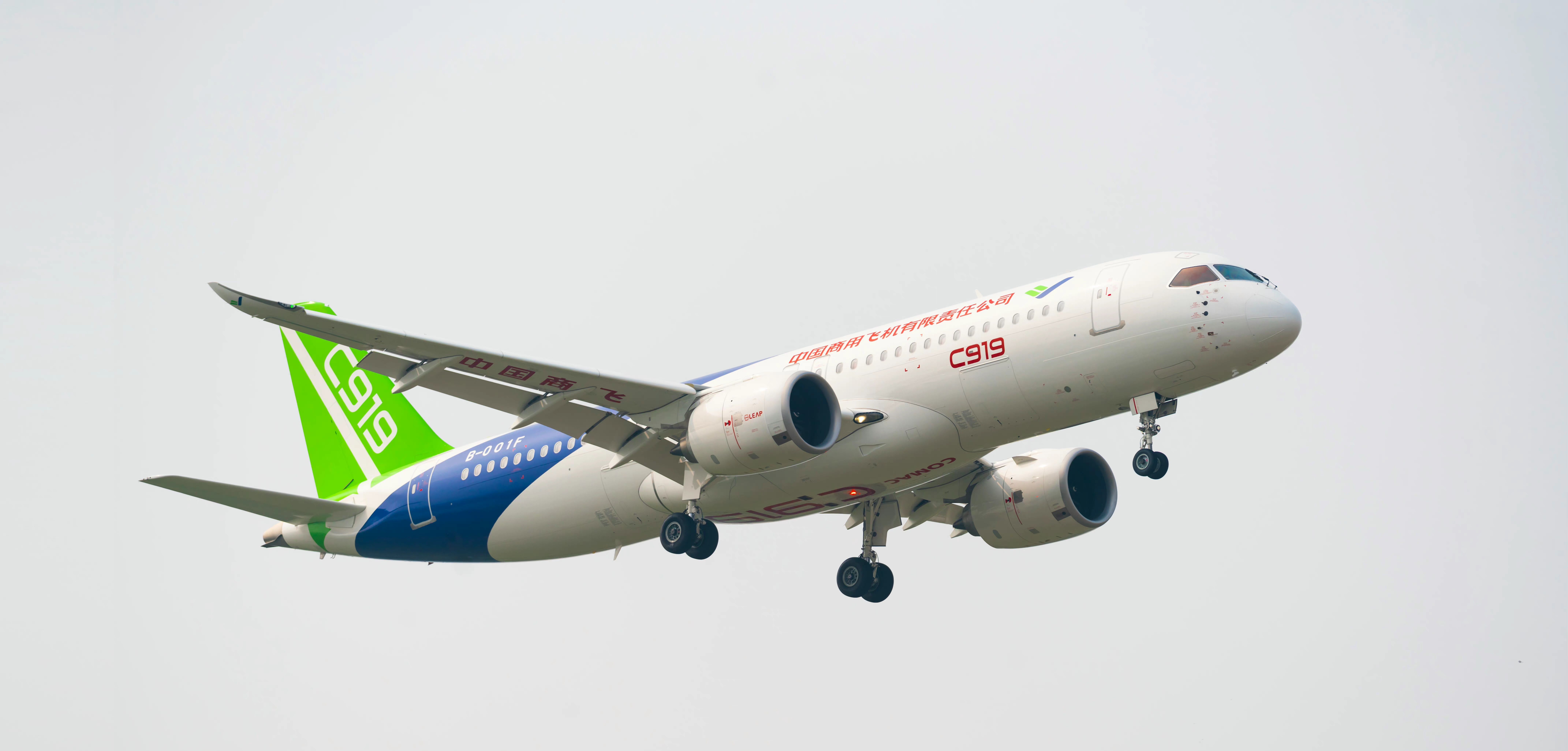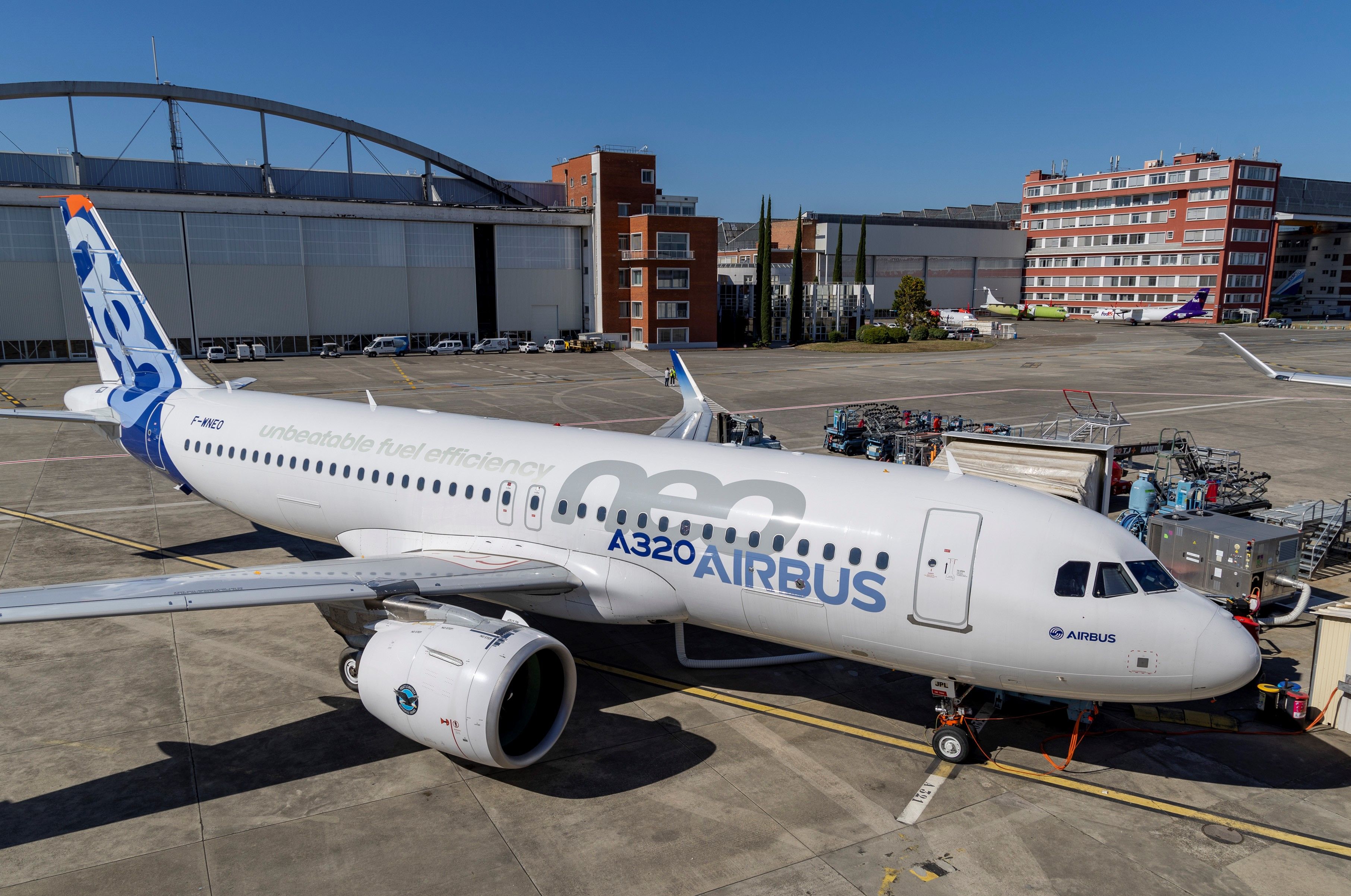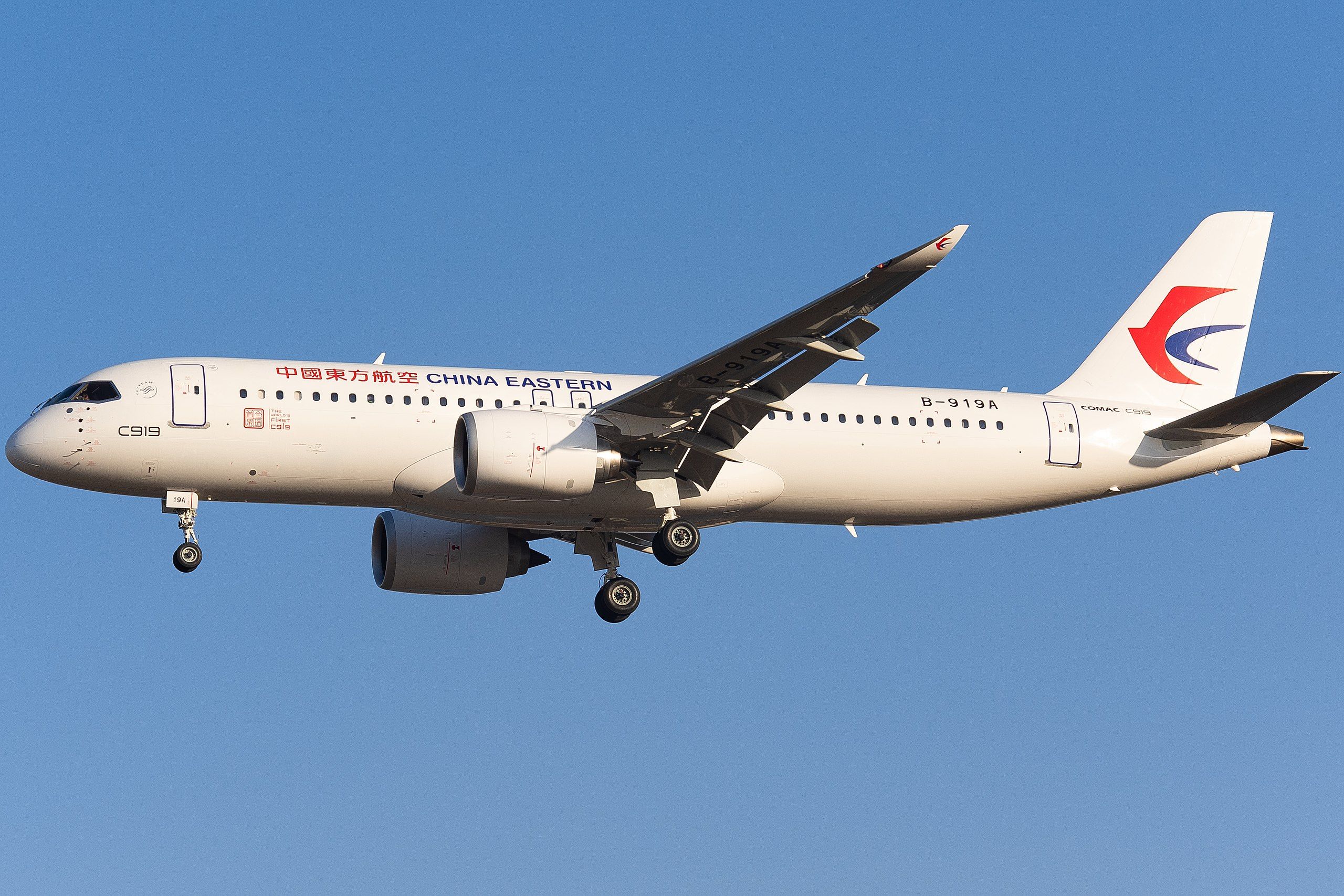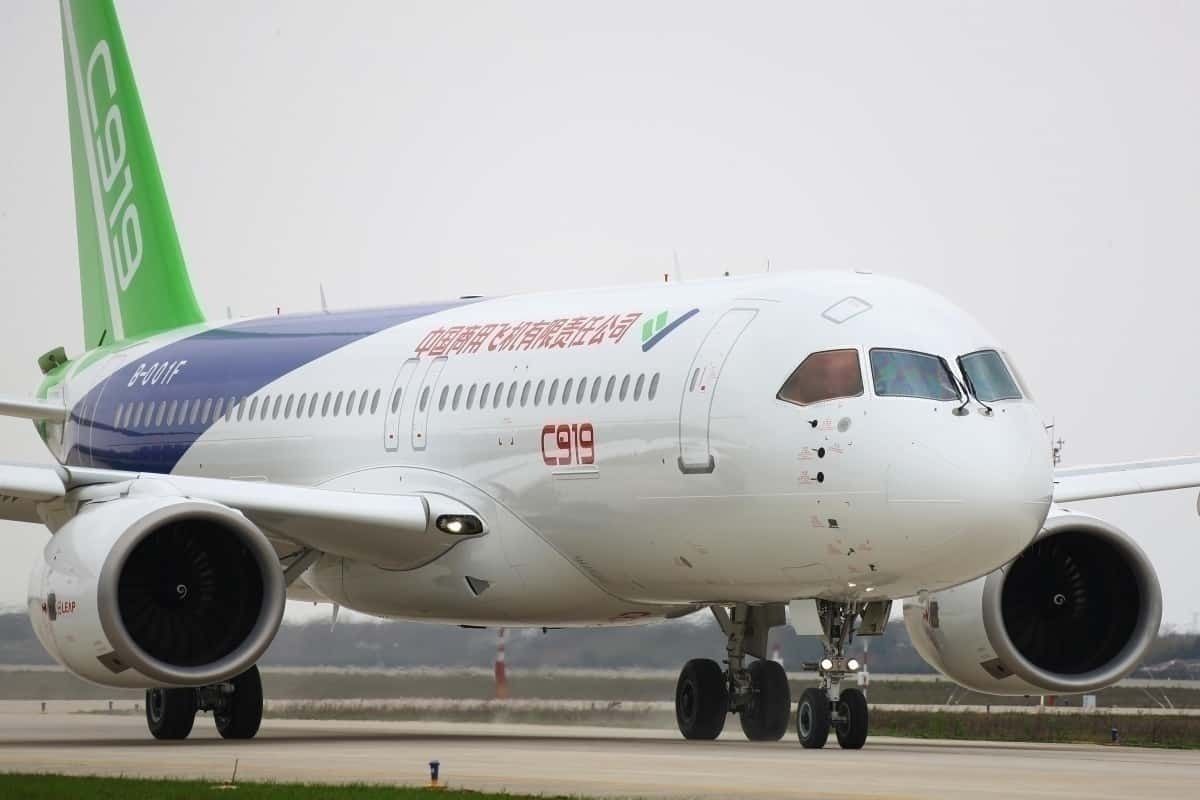With the COMAC C919 recently making its much-anticipated commercial debut, all eyes are on how it will compete with the well-established narrowbodies on the market. Today, let's take a look at the differences between the C919 and Airbus A320, its direct competitor.
How will we be comparing the aircraft?
It's been a long journey to certification for the C919, an understandable timeline since building an aircraft from scratch is no mean feat. In September, the narrowbody finally won full certification in China, opening the door for commercial flights and deliveries to commence.
China Eastern Airlines became the first carrier to induct the plane - B-919A was successfully delivered in December and operated its inaugural revenue flight in May, a day almost 15 years in the making.
Let's see how the new kid stacks up against the Airbus A320 line in key metrics, such as capacity and range - we'll compare the C919 to both the A320-200 (or ceo) and A320neo to better understand the market.
Get the latest aviation news straight to your inbox: Sign up for our newsletters today.
The essential numbers
|
C919 |
A320 |
A320neo |
|
|
Passengers |
168 (1-class) / 158 (2-class) |
180 (1-class) / 140-170 (2-class) |
194 (1-class) / 150-180 (2-class) |
|
Length |
38.9 m / 127.6 ft |
37.57 m / 123 ft 3 in |
37.57 m / 123 ft 3 in |
|
Wingspan |
35.8 m / 117.5 ft |
35.8 m / 117 ft 5 in |
35.80 m / 117 ft 5 in |
|
Height |
11.95 m / 39.2 ft |
11.76 m / 38 ft 7 in |
11.76 m / 38 ft 7 in |
|
Weight |
42,100 kg / 92,815 lb |
42.6 t / 93,900 lb |
44.3 t / 97,700 lb |
|
Range |
4,630 km / 2,500NM |
6,112 km / 3,300NM |
6,500 km / 3,500NM |
Passenger capacity
COMAC has designed the C919 to seat a useful range of passengers for airlines, catering to the 158-168 pax range. This falls considerably short of the A320, which can seat 180-194 passengers, putting the C919 closer to the 160 seats on the A319neo.
The lack of capacity is one of the biggest holdbacks for the C919, forcing airlines to deploy it on routes with less consistent demand or those with multiple rotations. However, for domestic and regional routes, Chinese carriers should be able to find more than enough markets for the jet.
Over the last few decades, Airbus has extracted the maximum from the A320 fuselage, seating 186 passengers in a typical low-cost configuration. For now, the passenger advantage is well in favor of the European planemaker.
Range
The next critical metric for airlines is available range. Interestingly, both the A320neo and C919 are powered by the CFM LEAP engines (-1A and -1C respectively), although the former has a Pratt & Whitney option as well. One would assume that with the latest generation of engines, the two planes would have similar range figures. However, this isn't the case.
Given the difference in aircraft design and components used, there is a difference in total fuel capacity and efficiency, explaining the gap in range. Indeed, the C919 carries almost 6,000 liters less fuel than the A320 and A320neo, significantly hampering its flying time.
COMAC hopes to tackle any longer routes with an extended-range version of the C919, which could fly as far as 3,000NM, putting it more in the ballpark of Airbus' offering. However, COMAC has provided no timeline on any extended variant, which means it could be a while before we see it flying, if ever.
Discover more aviation news with Simple Flying.
Price
While COMAC does not publish a list price for the C919, a Forbes report estimates the price at $90-100 million. This is far steeper than the $50 million once touted as the critical difference between the jet and its American and European rivals, with the A320neo listed at $111 million and the 737 MAX 8 at $121 million.
It's important to remember that depending on order size, airlines will only pay a fraction of the actual list price, with discounts of up to 50% reasonably common. Given that COMAC and many Chinese airlines are state-owned, we don't know the exact price paid, but a $90 million list price does make the C919 a tough sell outside its home market.
Production
Availability and delivery timelines are also a key part of attracting airlines - the slow-moving C919 program has built just a handful of aircraft presently, while Airbus is aiming to manufacture 65 A320s per month next year and 76 by 2026. Still, COMAC claims it will reach a production rate of 150 jets annually within five years, adding that the program has attracted over 1,200 orders.
As COMAC ramps up production of the jet, it has a good chance of drawing Chinese airlines away from Airbus and Boeing - even Airbus CEO Guillaume Faury has conceded the C919 will turn the narrowbody market into a "triopoly" by the end of the decade. However, its prospects of success overseas are considerably lower, particularly as it hasn't received certification from the FAA or EASA.
The bottom line is that the Airbus A320 series, both neo and ceo, outcompete the C919 in its present iteration. However, Airbus should not rest on its laurels, as COMAC is a hungry beast and could easily make up several of the advantages that Airbus holds dear. It is almost certain that COMAC will refine the C919 and improve its range, and with a possible stretch, easily push that capacity up to the A320neo. Now that the C919 is officially in service, the Airbus-Boeing duopoly could be in trouble for the first time in decades.
What do you think? Which is best? Let us know in the comments!
Source: Forbes

